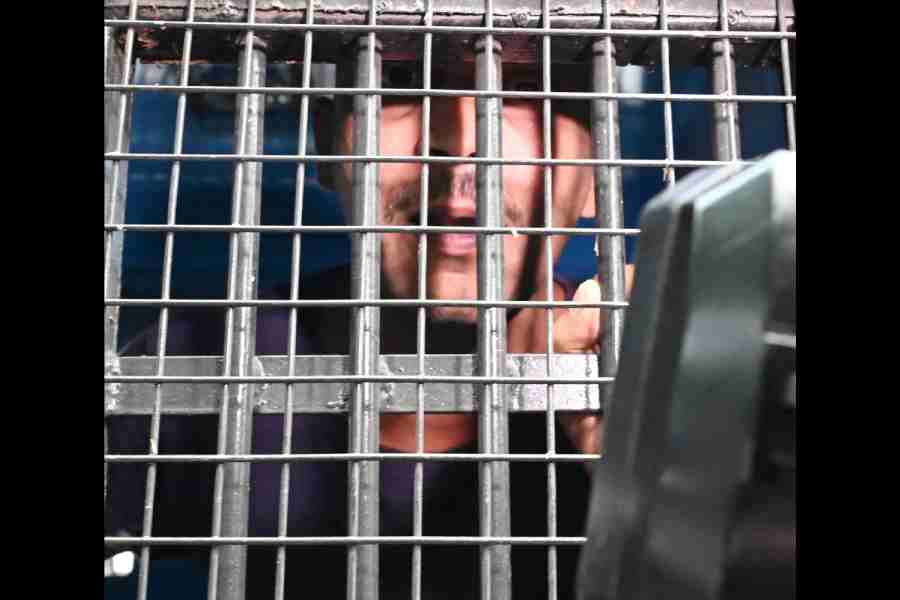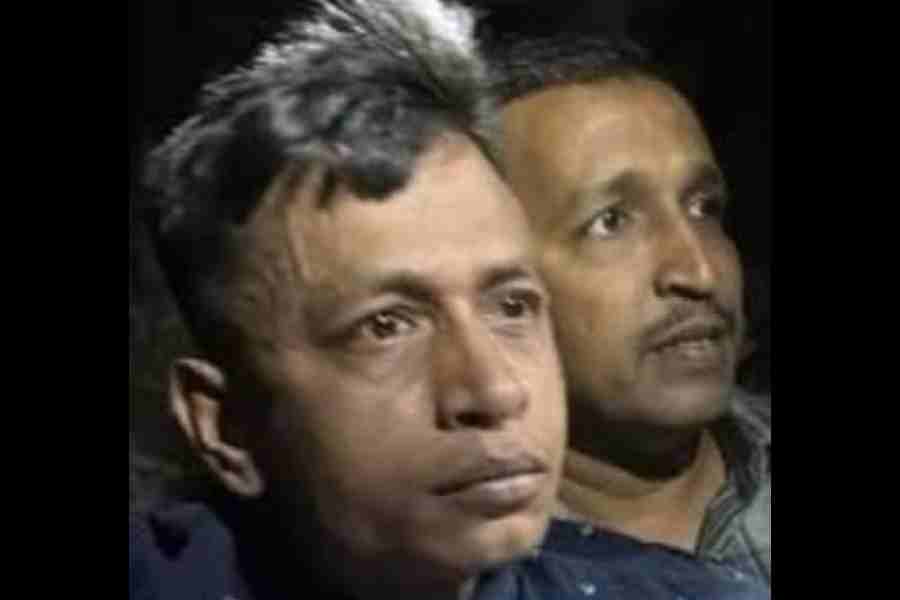A road was named after freedom fighter Krishna Bahadur Mukhia who had driven Netaji Subhas Chandra Bose around during his INA days and his statue was
unveiled at Gopaldhara near Mirik on Independence Day.
“The statue was erected with contributions made by individuals from various walks of life not just from the Darjeeling hills but also from outside the region,” said Kabir Basnet, the president of the Swatrantra Senani Krishna Bahadur Sunuwar Mukhia Salik Nirman Samity.
The statue was sculpted by Amir Sundas.
A 2km-long road at Gopaldhara, which is situated about 10km from Mirik town, was also named after Mukhia on Tuesday.
The statue was unveiled by Major General B.D. Rai (retired), while well-known theatre personality C.K. Shrestha was the guest of honour at the event.
Mukhia was born on May 12, 1921, in the Glenburn tea garden near Darjeeling
and later moved to Gopaldhara.
He joined the British Army in 1942 as a mechanic. But on February 15, 1942, Mukhia was taken prisoner of war by the invading Japanese forces and sentenced to jail in Japan.
When Netaji Subhas Chandra Bose founded the Indian National Army (INA), Mukhia was released by the Japanese and he joined Bose’s struggle for Indian Independence.
In 1943-44, he was Netaji’s driver. The job was given to him perhaps because he was a mechanic.
“In 1944, while fighting against the British, my father was again captured near the Indo-Burma border and taken to Delhi. Even though he was released, he was not given post-retirement benefits by the British,” Suresh, son of Mukhia, had earlier told this newspaper.
After his return to his native place, Mukhia worked as a driver in various tea gardens and was later appointed as a driver by the District School Board until he retired in 1986.
“On January 26, 1974, Darjeeling district magistrate S.K. Kakkad honoured him with a tamra patra (a copper plate given to freedom fighters on behalf of the Government of India) for his involvement in the freedom struggle,” said Basnet.
Mukhia breathed his last on September 11, 2012, at his Rockville Dham residence in Darjeeling. He was 91.
Mukhia was receiving Rs 3,040 as a monthly pension from the District School Board and Rs 6,050 from the Centre as the freedom fighter’s pension at the time of his death.











